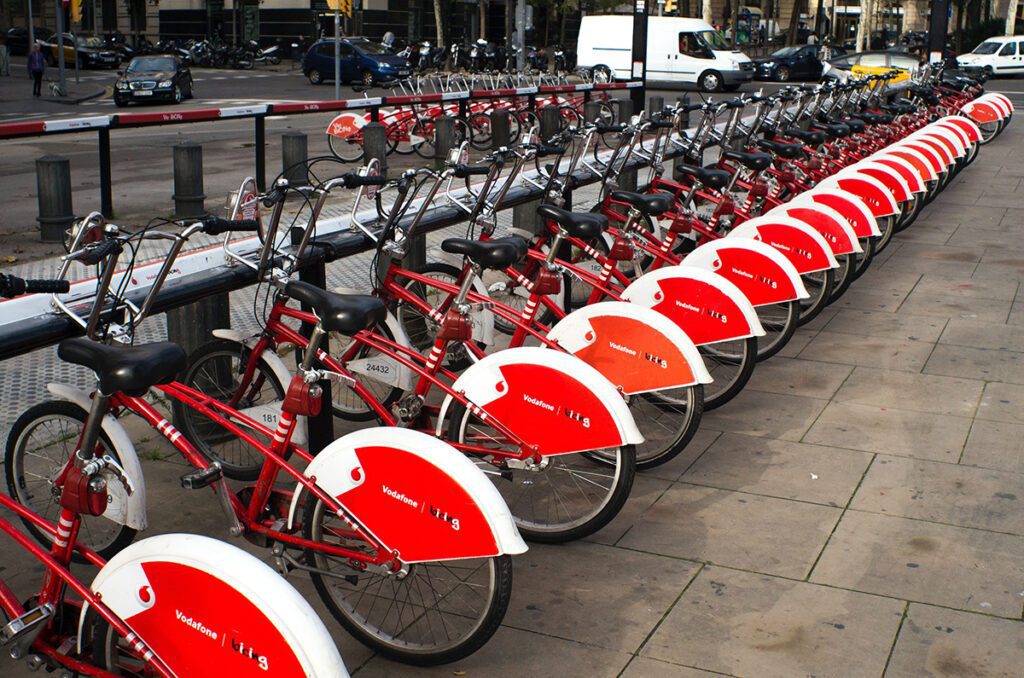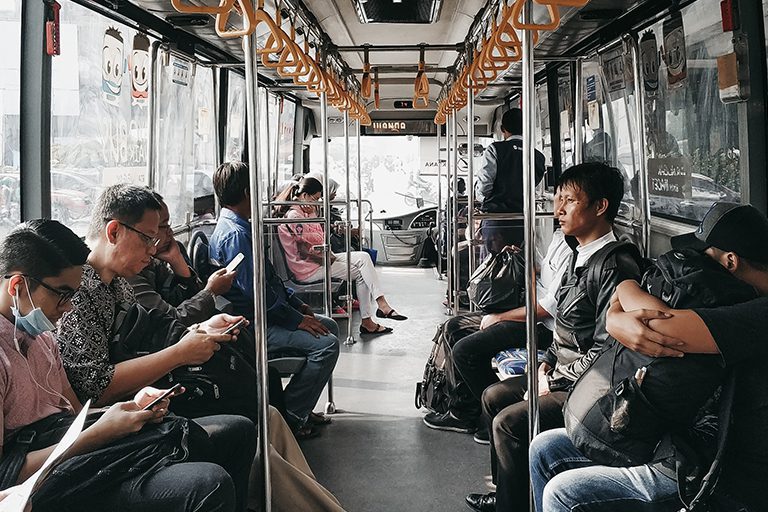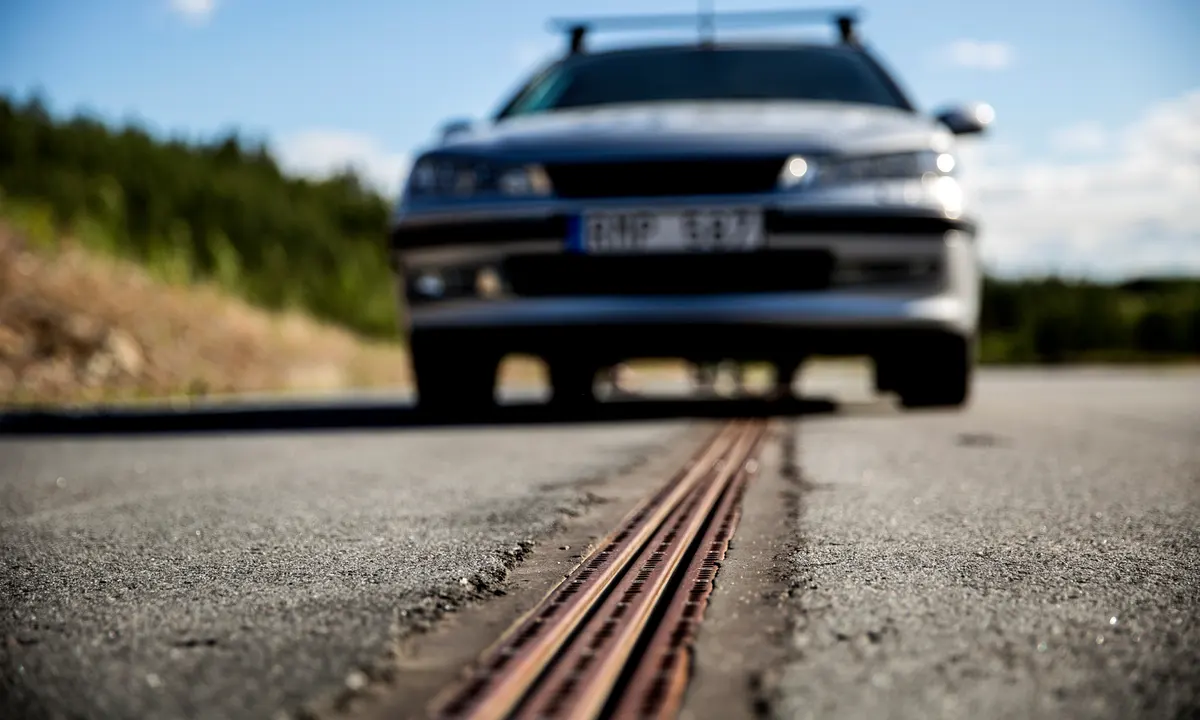With the ever-growing population, the carbon footprint is also increasing. This increasing carbon footprint is extremely dangerous for the environment, climate, health, safety, forests, etc. The woods make up approximately 31% of the ecosystem. They are home to half of all terrestrial animals and plant species. The Public Transportation Can Reduce Deforestation.
A significant threat to forests is the growing carbon dioxide emissions. The increased carbon dioxide emissions in the atmosphere have a “fertilizing effect” on photosynthesis, thus affecting plant growth. According to International Plant Protection Convention’s 2001 report, there are varying estimates of this effect: + 33%, + 25%, and + 60% for trees, + 14% for pastures and crops; this explains present regional tendencies of enhanced forest growth and causes an increase in carbon absorption by plants. This also influences the potential size of the forest’s carbon pool.

The debate about how to save forests often revolves around afforestation, stopping deforestation, restoring forests, and improving forestry practices. But one of the most significant ways to reduce carbon dioxide being seeped into the atmosphere is by using public transportation.
Without any further ado, let’s see how public transportation can help cut down carbon dioxide emissions to save the forests.
Why is it Important to Cut Down on Carbon Dioxide Emissions?
There are many reasons why it is imperative to cut carbon emissions. Below mentioned reasons are the primary ones.
Adverse effects on the environment
The most apparent reason we should reduce our carbon footprint is its adverse environmental effects. Since 1880, Earth’s atmosphere has become 1.5 degrees warmer. These degrees create regional and seasonal temperature extremes, minimize sea ice, intensify rainfall and drought severity, and change habitat ranges for animals and plants. Moreover, the sea levels have risen approximately 8-9 inches since the 1880s. This is displacing people living along coastlines and destroying coastal habitats.
Furthermore, the carbon footprint is also affecting sea ice. Since 1979, arctic sea ice has declined by 30%. This is increasing the sea levels, and the coastal cities are prone to flooding. Other effects of the increasing carbon dioxide emissions include tropical storms, year-long rain showers, ocean acidification, etc.
Destroying wildlife and vegetation
Vegetation and wildlife preservation and conservation mainly depend on specific weather patterns. But, because of climate change, there have been shifts in vegetation, and the increasingly shifting in temperatures and weather patterns are threatening many wildlife species to extinction. For example, when migratory birds arrive at their destinations, they find that plants have either not bloomed or bloomed too early. These factors cause starvation and ultimately lead to extinction.
Impacting human health
Besides affecting the environment, vegetation, and human health, carbon footprint also affects human health. Children living in drought-prone and unhygienic areas are getting more affected by the growing emissions. Climate change affects crop growth, which results in the unavailability of crops. This leads to malnutrition. In addition, the air quality is being compromised, resulting in more respiratory issues and diseases like asthma, lung cancer, bronchitis, and allergies.
Affecting the economy
The importance of reducing carbon footprint can also be seen by the fact that it is a significant threat to the economy. Many pieces of research have shown that climate change affects the countries which depend on their land for agriculture and natural resources for generating income. For example, in India, farms have witnessed lowered crop yields. Likewise, the famous New England Lobster Industry located in Maine, USA, is threatened due to increasing carbon footprint with catching rates decreasing. This is also impacting the Marine’s economic growth significantly. Additionally, the rising water temperatures endanger coral leaves’ survival, putting a significant dent in the economy.
How Can Public Transportation Help Decreasing Carbon Dioxide Emissions?
Public transportation is one of the most effective ways to reduce carbon dioxide emissions. National averages demonstrate that public transport produces significantly less greenhouse gas emissions per passenger mile than private vehicles. Public vehicles such as subways and metros have 75% less greenhouse gas emissions per passenger mile than an average single-occupancy vehicle. Light rail systems are 62% less, and buss transit produces 33% less.

A person who shifts from a 20-mile traveling alone in their car to using public transport can reduce their annual CO2 emissions by 20 pounds per day, or more than 48,000 pounds in a year. This is equal to a 10% reduction in all greenhouse gases produced by a typical two-car, two-car household.
The environmental benefits of public transport vary on the number of passengers per vehicle, the type of fuel used, and the efficiency of the bus or train. The number of passengers significantly impacts transit emissions savings. The more passengers riding a bus or a train, the lower the emissions per passenger mile are.
This is how using public transport can decrease carbon dioxide emissions, thus reducing the negative impacts it has on our Earth and the creatures living inside it.
How Does This Help in Saving The Forests?
Using public transportation helps save the forests in many ways. As the population increases, cities run out of space for cars. The number of vehicles in a city cannot grow endlessly. Cars take up a lot of space – imagine how much space 20 individuals take up by traveling by separate vehicles compared to 20 people traveling in a single bus. You get the picture, the difference is significant, and the less space there is for traffic, the slower it becomes. As the number of cars increases, the city needs to find more space and eventually, forests will be cleared to make roads. New space will not occur magically. Therefore, deforestation will happen, and the number of forests will decrease.
Moreover, cars account for 41% of global transportation emissions. This is increasing the carbon footprint and is affecting our forests very negatively. The amount of carbon dioxide in our atmosphere has a very harmful effect on the woods. As the carbon dioxide leeched into our atmosphere increases, plants absorb more carbon dioxide. This is affecting their growth and a number of plant species are prone to extinction. This is very dangerous for the wildlife as more animal species can lose their habitats and ultimately go extinct.
The only solution to save the forests is by using public transport. Otherwise, we will lose all of our forests one by one, which will not only damage the ecosystem, but several animals, birds, and insect species will go extinct and lose a very precious and vital resource forever.
The ever-increasing number of cars is damaging the Earth in countless ways. Significantly, the forests are affected by the increasing number of vehicles.
Forests cover one-third of the Earth and breathe life into our world. Forests produce over 40% of the world’s oxygen. Forests are home to more than three-quarters of the world’s life on land. Approximately 750 million people, including 60 million Indigenous people, live in forests, too.
If we lose the forests, we will lose these people and wildlife. So, the only solution to save forests is by using public transport. Change starts with you; if you wait for others to use public transport before you do, then it will never happen, and in the meantime, we might lose our precious resources forever. We should realize this before it’s too late; otherwise, we will not be able to turn back and regret it for our whole life.
Better late than never!







